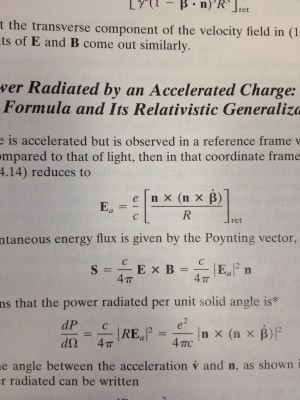IV. A rotation of blankets
I remember in Santa Cruz when I bought my first real comforter. It felt like a monumental investment. We drove to Ross on River St.; my roommate waited while I deliberated in the “Home” aisle.
I was down to $140 in my bank account, from $2000 when I first arrived. But I had a job, finally, and had just received my first paycheck. At night, I slept in a sweatshirt and jeans on the floor of my attic room which I rented for $500 a month, wrapped like a burrito in my one thin blanket, which served as padding and cover.
But the fog had come in, the nights were actually cold now, and the rains had started.
At Ross I picked out a white comforter, for $29. That night I didn’t sleep in my sweatshirt. The next morning, I woke up warm for what felt like the first time in a long time.
I spent the fall nights out on the slanted roof of the house which sloped away from my window, which looked to the south, to the sea. Life, then, felt as big as the winter sky. I tried to find my way around it, starting at the belt of Orion, up to the eye of Taurus, through the Pleiades cluster bluish and pale, until the dark, hard edge of the rooftop. I felt myself at the helm of a ship at sea, navigating by the stars, seeing in the random patterns of light and dark a ladle, a dog, a Greek hero carrying the head of a monster, a rock, a bull, a queen…
Sometime around midnight, I would reach over to the window sill and pull the covers over my knees.
The summer with the open windows, saw a rotation of blankets. That Boston summer was busy with storms, which announced themselves by a sudden darkening of the sky in the west, then arrived with a billowing of a curtain. And when the rain came at an angle it would wet a particular patch of rug or linoleum.
The old Ross comforter, a bit yellowed by now, on the colder nights, played a part. But most of the time it sat in a heap between my bed and the wall, with the rest of the spare bedding. This fall it went out, finally, in a bag of old clothes and linens I left on the curb for the Salvation Army.



